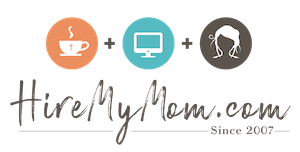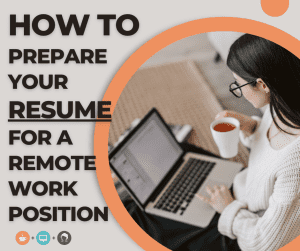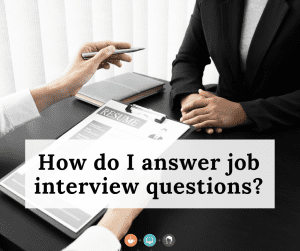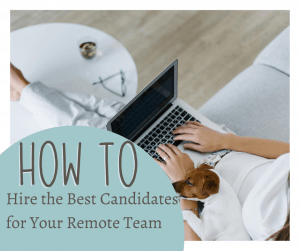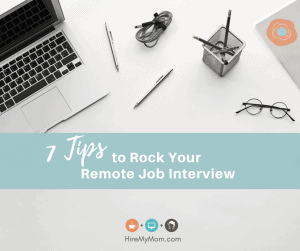How Employee Advocacy Can Help You Attract and Recruit Talent

Your employees are your greatest brand ambassadors, and they could be the key to streamlining your hiring process. A record number of people have been quitting their jobs, and recent statistics show they’re on the hunt for opportunities that will offer better pay, professional growth, and work-life balance.
As job hunters become more particular about what they want, recruitment teams are facing new challenges in filling their teams with talented individuals. In a candidate’s market, one of the most effective ways to get through to great candidates and show you have a positive company culture is to use employee advocacy recruiting.
Why employee advocacy recruiting works
Nothing gets through to candidates quite like hearing from an employee about the company culture, growth opportunities, and day-to-day tasks. People are more likely to trust a message from your current employees over your HR team.
Even the most diligent recruiters and HR staff who have taken the time to really understand employee values are still a less trustworthy source because they haven’t experienced the work first-hand.
When employees who know everything about your products, services and company culture share their experience organically with people in their circles, this personalized approach helps your brand increase its social reach significantly.
5 tips for successful recruitment through employee advocacy
Here are a few tips on leveraging employee advocacy for your recruitment needs.
1. Put yourself in the shoes of potential candidates
When screening potential candidates for hire, your primary goal is to fill vacancies with the best talent. For this to happen, you must overcome obstacles standing between you and the strongest candidates.
The key is to reach candidates towards the top of the funnel (before they’ve even begun searching for a new job) and build brand awareness, so that when talented candidates decide they’re ready for a career shift, they’ll already have your company in mind.
This is why it’s especially important to consistently share glimpses into your winning company culture through the eyes of current employees. The most effective messaging isn’t the one with a sense of urgency.
2. Ensure company public profiles are up-to-date and transparent
Before your target audience forms an opinion about your company, take control and be upfront about your policies and values. Having an authentic voice helps to attract and retain employees you can trust.
The first way to ensure transparency is to provide relevant, up-to-date information on your company’s official site and other social media platforms. For example, you can start by updating your “about us” page to reflect any recent changes in staff or add more value to existing company profiles.
Take some time to navigate your company page from the perspective of someone who has just learnt about your company, and take note of any questions a candidate might have. As they research your company, they should be able to connect the names and faces of the people they see on LinkedIn and other social media sites and walk away with an impression of what your company culture is like.
3. Make it easy for employees to post on social channels
Your employees already have a lot on their plate, and advocating your brand on social media can seem like an added responsibility. To make employee advocacy programs as effective as possible, the least you can do is streamline the process.
There are many ways you can encourage your employees to get your brand message out there. You can start by providing helpful tips and training. Your employees might be experts in their field, but not everyone regularly shares their personal life on social media. Don’t assume that your employees will automatically know what and how to share.
Train them on promotional messaging and share tips like how to optimize their social media profiles, the best times to post, and topics they can share. Training makes your employees confident enough to promote your company on social channels.
You can also create an internal hub of shareable content. This makes it easy for employees to share consistently on social media, because they can simply add a personal comment and share the post with their personal network.
4. Encourage employees to review the company online
Most potential candidates will look up your company on anonymous review sites like Glassdoor when deciding whether to apply for an open position. Use them to your advantage by asking your current employees to leave reviews.
Employee reviews are beneficial in several ways:
- They influence job hunters’ decision-making
- They have higher credibility than reviews tied to a name or account
- They help increase your brand’s online presence
- Reviews are direct feedback on company culture and potential workplace issues
These reviews are an essential part of your brand messaging, as they are seen as a trusted source of information. To preserve the effectiveness of these sources, don’t instruct your employees on how to leave feedback. Glowing reviews and five-star ratings come across as disingenuous and may actually ruin your company’s reputation.
If you want to improve an existing poor rating, try providing employees with suggested points to hit in their review (such as workload, culture, or management style) that you think will reflect well on the company.
It’s also vital to read these reviews thoroughly so you can gain insight into issues that might need fixing. There could be issues that you’d never hear about unless feedback is collected anonymously.
5. Don’t micromanage the process
It’s essential that the content your employee advocates write sound natural. Unlike your other promotional and marketing strategies, your employees should take the lead on this one.
As you review your employees’ posts, don’t worry about whether their content matches your ideal brand voice. Hyper-focusing on voice will result in buzzword-filled, unnatural and generic content that comes off as inauthentic and forced, thus undermining the point of employee advocacy entirely.
Ida Pettersson is a Content Writer at Resume Genius who enjoys supporting job seekers as they plan their next career moves. She graduated from New College of Florida with a double major in Philosophy/Chinese Language and Culture. In her spare time, Ida enjoys hiking, reading, and gardening.
